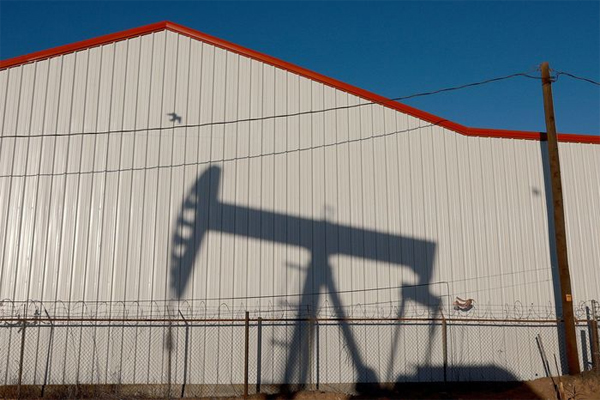
Myra P. Saefong and William Watts, MarketWatch
SAN FRANCISCO
EnergiesNet.com 03 25 2022
Oil futures finished higher on Friday, giving up earlier declines and boosting global prices by nearly 12% for the week, after reports of an attack on an oil facility in Saudi Arabia renewed concerns over global crude supplies.
Prices for oil had been trading lower as European Union countries failed to agree on a ban on imports of Russian crude. Ongoing supply concerns, meanwhile, prompted prices to post their first weekly gain in three weeks.
Price action
- West Texas Intermediate crude for May delivery CL.1, +0.25% CL00, +0.25% CLK22, +0.25% rose $1.56, or 1.4%, to settle at $113.90 a barrel on the New York Mercantile Exchange, with the contract finishing up 10.5% for the week, according to Dow Jones Market Data.
- May Brent crude BRN00, -0.46% BRNK22, -0.56%, the global benchmark, added $1.62, or 1.4%, at $120.65 a barrel on ICE Futures Europe, with prices up almost 12% for the week.
- April natural gas NGJ22, +2.63% rose nearly 3.2% to $5.571 per million British thermal units — ending up nearly 15% for the week.
- April gasoline RBJ22, +0.97% rose 2.4% to $3.47 a gallon, for a 7.1% rise on the week.
- April heating oil HOJ22, -2.00% declined 0.9% to $4.115 a gallon, with prices up over 14% from the week-ago finish.
Market drivers
Yemen’s Houthi rebels attacked an oil depot Friday in the Saudi city of Jeddah ahead of a Formula One race, the Associated Press reported, adding that the attack targeted the same fuel depot the Houthis attacked in recent days.
“Reports of a hit on Saudi Aramco are coming at a time were supply risk is higher than it had been in years,” Phil Flynn, senior market analyst at The Price Futures Group, told MarketWatch. “This is only going to make the supply demand deficit worse.”
Several European Union countries have resisted pressure for an embargo on Russian oil due to their heavy reliance on supplies from the country.
The EU can’t sanction Russian oil completely, but the attack on an oil facility reminds traders that Yemen’s Houthi rebels have the ability to shut down production in Saudi Arabia, Flynn told MarketWatch.
The U.S. and U.K. have already moved to ban imports of crude from Russia following its invasion of Ukraine.
“Only the U.S. and U.K. have said they will no longer purchase Russian crude and products,” said Stephen Innes, managing partner at SPI Asset Management, in a daily note, estimating that total amount of oil involved is around 900,000 barrels a day in aggregate.
Still, “it’s tough to be short oil as U.S. inventories continue to dwindle” and there are bound to be more supply shocks in the future, he said.
Baker Hughes BKR, +1.12% on Friday, however, reported a weekly rise in the number of active U.S. oil-drilling rigs.
“Oil prices could remain very sticky at current levels and eventually push higher when China eases all COVID restrictions in catch-up mode to the rest of the world,” Innes said.
Meanwhile, the Caspian Pipeline Consortium said crude loadings have resumed out of its terminal on Russia’s Black Sea coast, after an interruption earlier this week due to bad weather, noted Warren Patterson, head of commodities at ING, in a note.
President Joe Biden, speaking in Brussels, announced an agreement that would see the U.S. boost trans-Atlantic shipments of liquefied natural gas as part of a long-term plan aimed at weaning Europe off its dependence on Russian gas.
Also read: Why OPEC+ is likely to stick to its oil output plan when it meets next week












